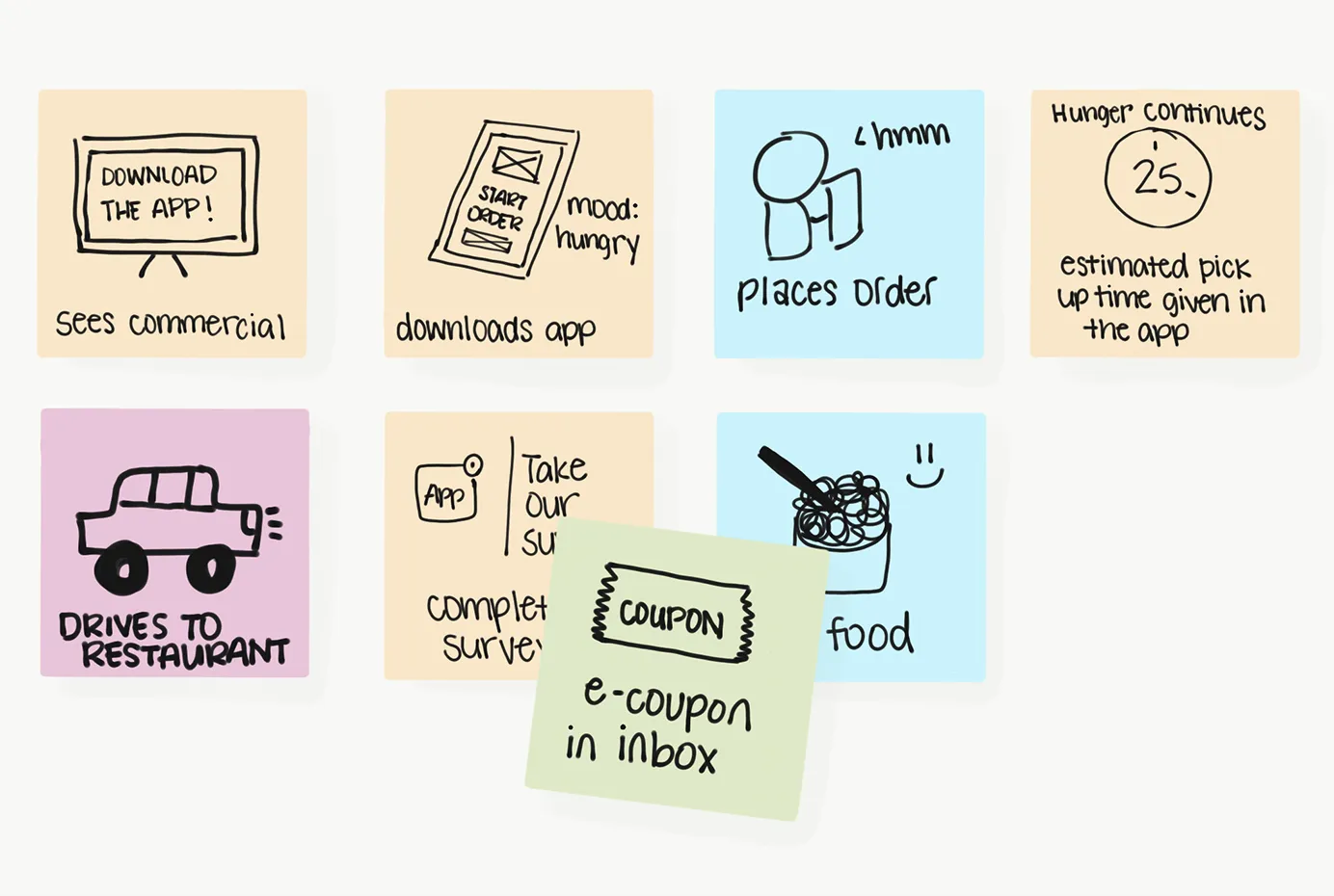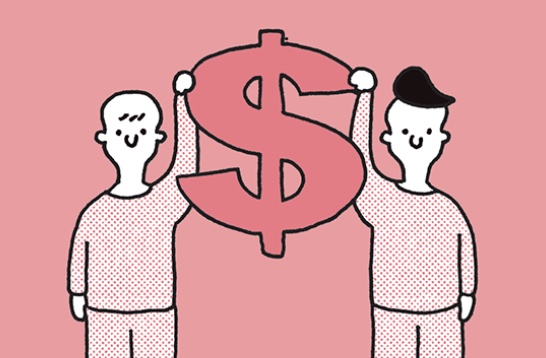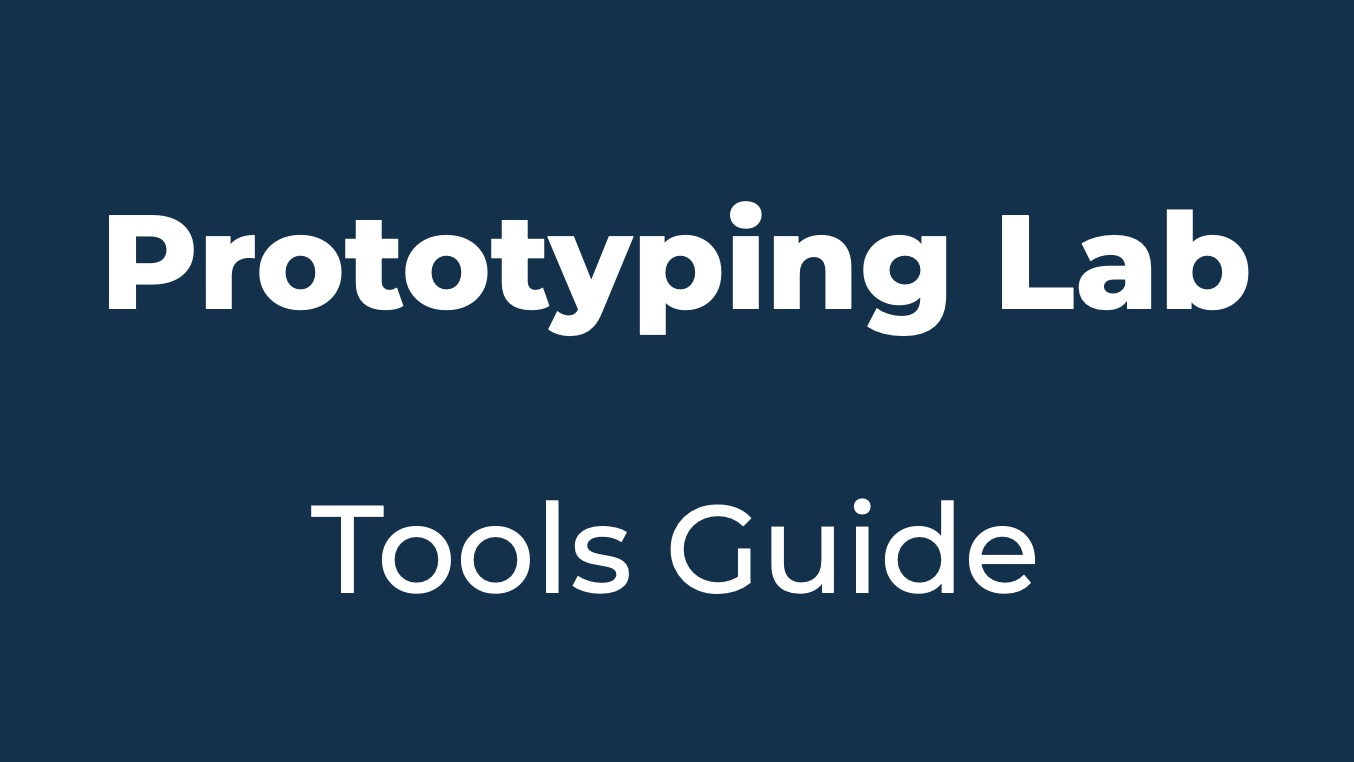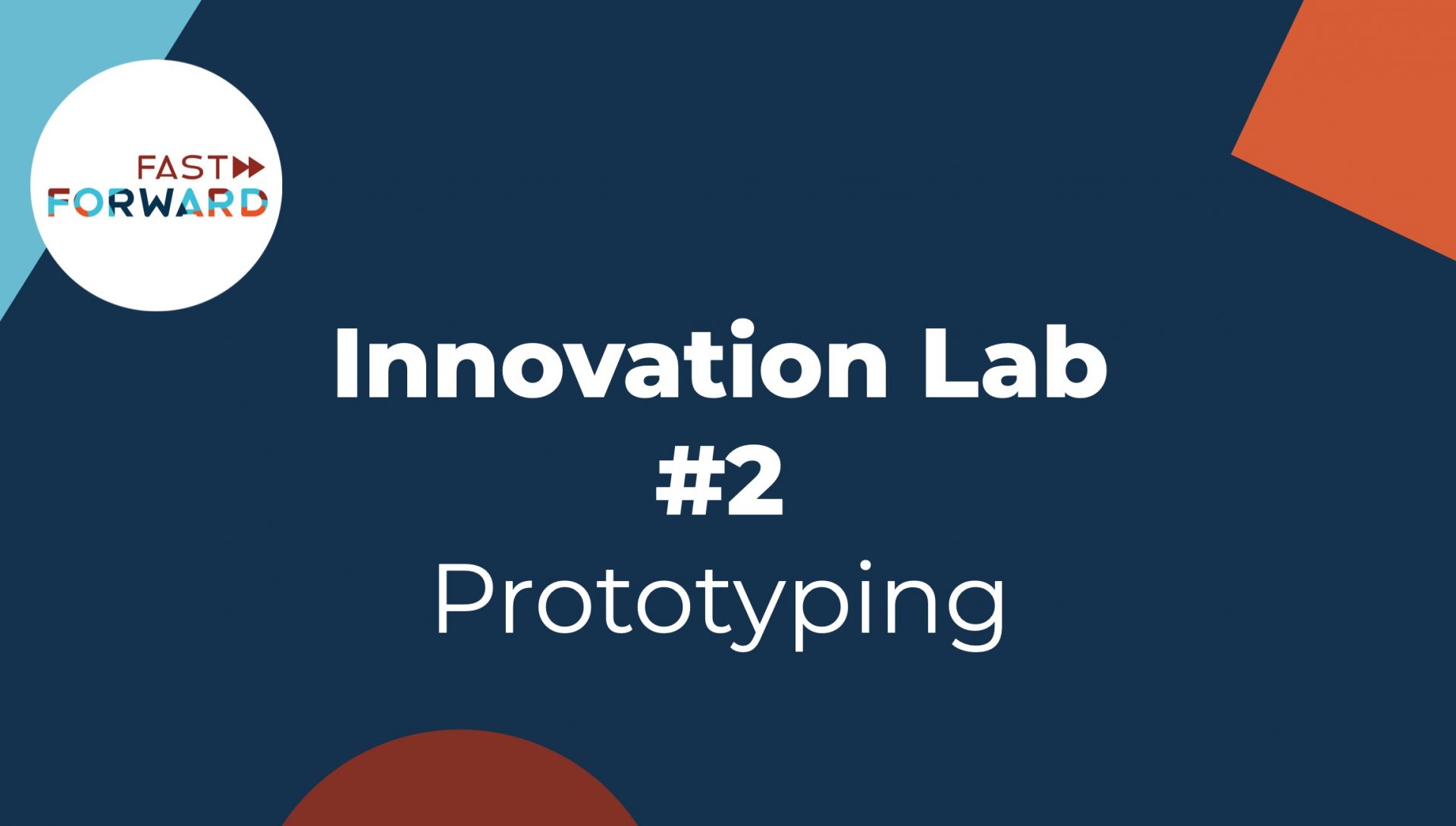
Learning Space
How do you know if your solution is going to be a hit? You test, test and test again!
During the Prototyping Lab you will learn not only how to test your solution for valuable feedback, but also how to identify what needs to be tested. The videos and articles here are a snapshot of the best practices in prototyping and user-testing – dive in and enjoy!
Objective: Question assumptions and test your idea to move forward
Skills: Critical Thinking, Entrepreneurship, Teamwork Effectiveness, Mental Flexibility

Learning Space
How do you know if your solution is going to be a hit? You test, test and test again!
During the Prototyping Lab you will learn not only how to test your solution for valuable feedback, but also how to identify what needs to be tested. The videos and articles here are a snapshot of the best practices in prototyping and user-testing – dive in and enjoy!
Objective: Question assumptions and test your idea to move forward
Skills: Critical Thinking, Entrepreneurship, Teamwork Effectiveness, Mental Flexibility
Defintion of the different types of user testing

Learn how to run insightful tests for your solution
reading time 9′
An example of empathy led user testing
An extensive research from Doblin, Learn from your users and let empathy be your guide for the entire user testing process
watching time 16′
Understand the wide variety of business models and creative ways to capture value

Explore 55 different business models and take inspiration for your own project (read high level descriptions available on main page only)
reading time 8′
The concept of the lean start up and how it has been successfully applied
An introduction to the power of the ‘lean start up’ model, a proven model to constantly learn, grow and improve your idea
watching time 5′
In case you missed Lab #2
Here are the key moments recorded for you so you can catch up!
Lab Tool Guide

A good place to start in order to understand the tools used in the Lab #2 learning cycle
reading time 8′
Lab #2 Slide Deck

This is the slide deck that was used in Lab #2. Refer to it if you need more context on the tools.
TOOL #1 – BUSINESS MODEL IDEATION
When creating a new product/service, a designer must identify how they will capture value, and from who. These two aspects are the core of a business model.
- Step 1 – Identify the User & the Buyer
- Step 2 – Value Created
- Step 3 – Costs Incurred
- Step 4 – Value Captured
TOOL #2 – USER TESTING PLAN (PART 1)
After identifying crucial assumptions about a product/service, this tool helps make them actionable. In order to use this tool, you should have already done a full analysis of assumptions using both a storyboard and a business model ideation tool.
- Step 1 – Prioritising assumptions
- Step 2 – Turning assumptions into hyptheses
- Step 3 – Expected Learnings
TOOL #3 – CREATING AN MVP
The Minimum Viable Product (MVP) is the most basic version of your product/service that will attract customers and enhance your learning. In simple terms, it is a basic version of your product/service that you can use to test whether or not an assumption is true.
- Step 1 – Understanding different types of MVP
- Step 2 – Creating an MVP
- Step 3 – Sketching an MVP
TOOL #4 – USER TESTING PLAN (PART 2)
This tool brings together all ideas generated in the User Testing Plan Part 1 and the creation of the MVP. It is a planning tool that helps make your testing plans actionable and manageable.
Printable Assets

These are all the printed supports we provided in Lab#2.
